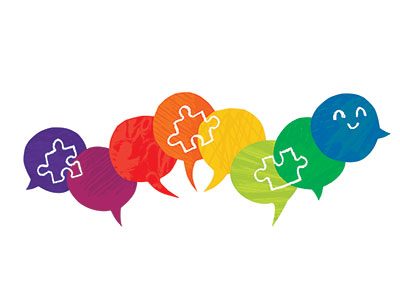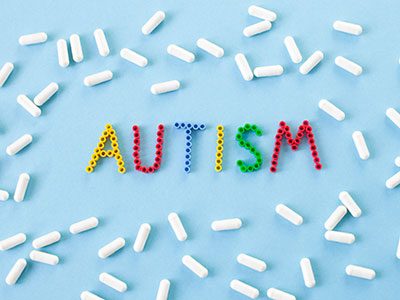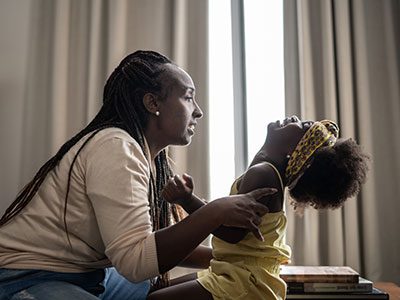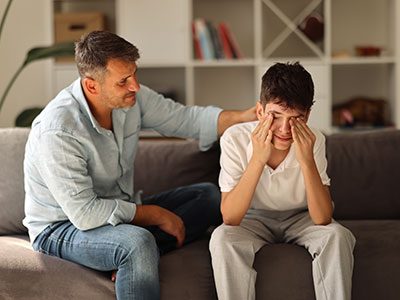Autism diagnosis rates have gone up three times since the year 2000. Current numbers show that one in 31 children is autistic. Researchers say this increase is partly because more people know about autism, especially doctors and pediatricians, which helps them identify it better. But scientists also think that genes and things in the environment might be causing this increase. They are studying these factors now.
Autistic differences happen because of changes in how people’s brains develop. This makes them neurodiverse, which means their brains work differently. These changes come from complex interactions between genes, environment, behavior and diet. Even though there’s been a lot of research, we still don’t understand the genetics of autism very well. Scientists have found more than 100 genes linked to autism, but they don’t know what these genes do or how much they increase the chance of autism. Some of these genes only affect the chance of autism if a person is exposed to certain things in the environment while their brain is developing before they’re born. Some genetic conditions are more often seen with autism. These include Fragile X syndrome, tuberous sclerosis, Phelan-McDermid syndrome, Prader-Willi syndrome, and 22q11.2 deletion syndrome.
Parents’ age is also connected to autism. If a father is over 40, there’s a higher chance of having an autistic child. For mothers, it’s different. Being over 40 or younger than 20 both increase the chance. The highest chance is when older men have children with much younger women.
There’s also a link between folic acid and autism. Folic acid is really important for a baby’s brain to develop when a woman is pregnant. Research shows that women who take folic acid supplements early in pregnancy (just before getting pregnant and in the first two months) are 40% less likely to have an autistic child.
It’s important to know that a lot of research has shown there is no link between the measles, mumps, and rubella (MMR) vaccine (or any other vaccine) and autism.
While it’s important to study what causes autism, it’s also important to understand what autistic people experience. Autism researchers have looked at something called alexithymia, which is when people have trouble identifying and describing their feelings. Autistic people are more likely to have difficulties with alexithymia compared to non-autistic adults. Alexithymia, being able to describe your thoughts, and how people experience thoughts (in words or pictures) are important things that can affect how well someone does in therapy. But there’s no one way that works for all autistic people. Instead, a therapist should think about these things and their individual patient when deciding what strategies to use.
Finally, it’s important that researchers work together with the autistic community. The Patient-Centered Outcomes Research Institute (PCORI) says there can be different levels of working together. Good teamwork should include:
- Having people on research teams who represent the different groups affected by what’s being studied
- Including partners from the beginning to the end of the study
- Having money set aside to pay partners for their work
- Helping everyone on the team learn how to work together well
- Making sure partners are really included in making decisions throughout the study
- Regularly checking how well the teamwork is going and making it better if needed
In the Washington, D.C., area, the DC Autism Collaborative has been having community meetings to learn more about what research people want to see about early autism evaluations and services. In these meetings, we heard that families and providers want more research on:
- Schools (like how to better prepare teachers to support and include autistic students in class)
- Culture (like how to reduce negative attitudes about autism)
- Assessments (like how to make it easier to get autism assessments, since there are long wait times)
- Interventions (like what are the best ways to help autistic people with sensory processing challenges)
People also talked about things that make it hard to take part in research, like not trusting researchers or not knowing how to get involved, as well as practical problems like finding time for research appointments. They thought that building trust, improving awareness, communication and accessibility, and making sure people are paid fairly would encourage more people to take part in research.
Resources to learn more about autism research
 https://riseandshine.childrensnational.org/wp-content/uploads/2025/11/two-friends-feature.jpg
300
400
Danielle Robbins
https://riseandshine.childrensnational.org/wp-content/uploads/2017/11/childrens_riseandshine_logo.jpg
Danielle Robbins2025-11-13 13:55:082025-11-14 10:17:49Navigating friendships when your child has epilepsy
https://riseandshine.childrensnational.org/wp-content/uploads/2025/11/two-friends-feature.jpg
300
400
Danielle Robbins
https://riseandshine.childrensnational.org/wp-content/uploads/2017/11/childrens_riseandshine_logo.jpg
Danielle Robbins2025-11-13 13:55:082025-11-14 10:17:49Navigating friendships when your child has epilepsy






















Leave a Comment
Want to join the discussion?Feel free to contribute!